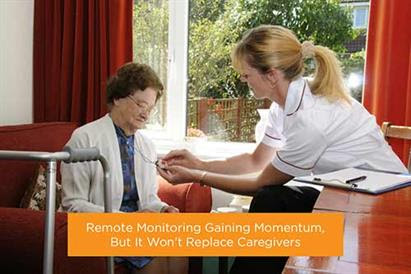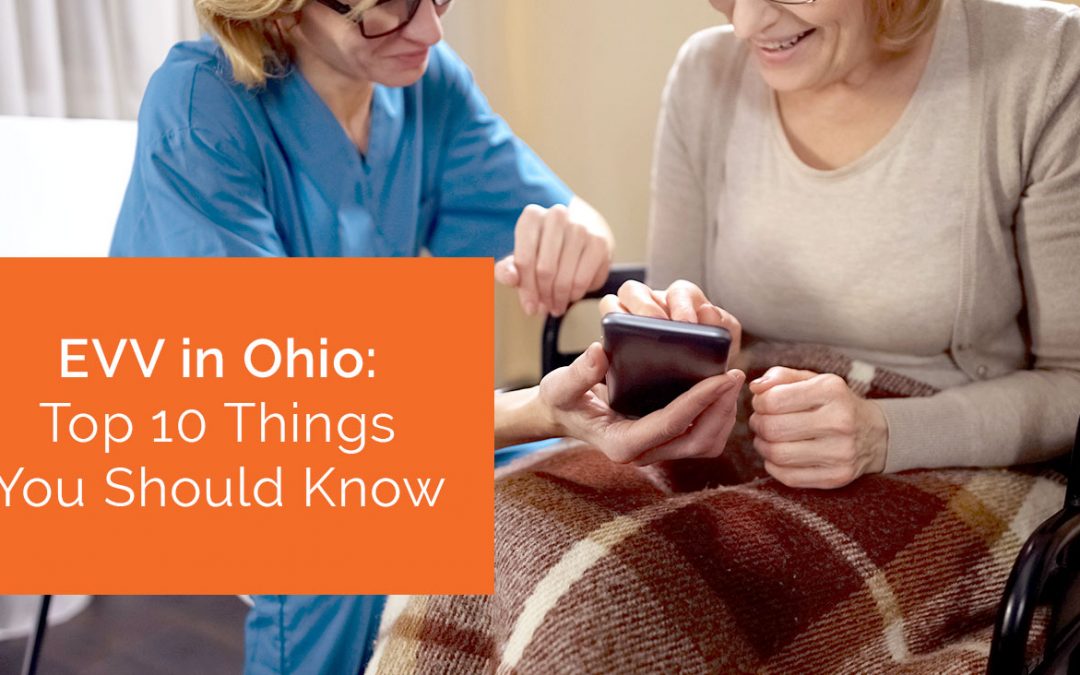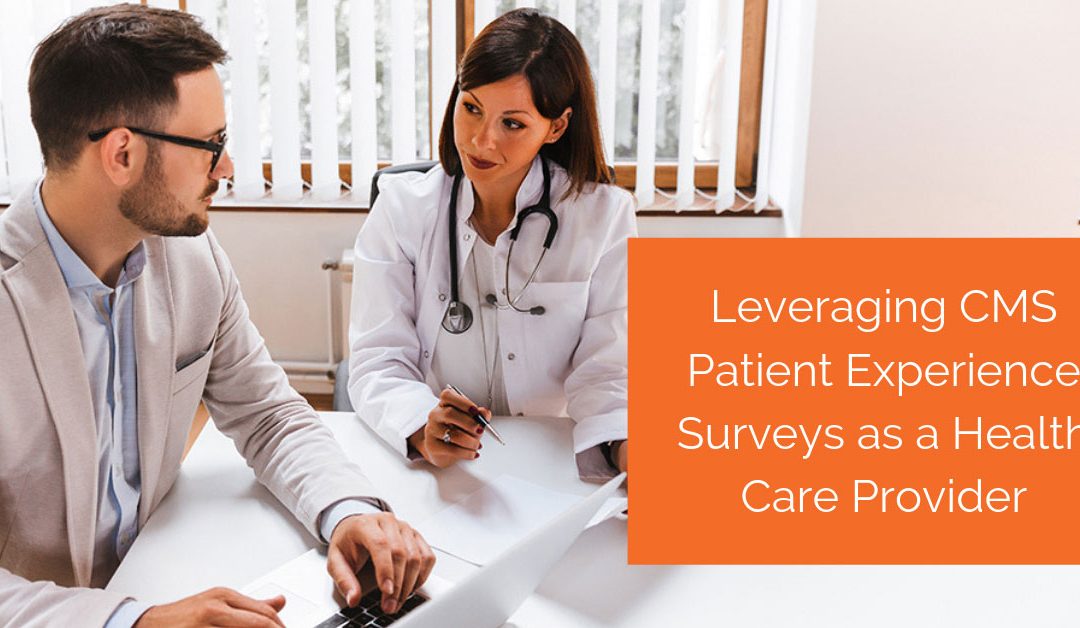If there are two measures that nearly every home health agency is grappling with, it’s hospital readmission rates and quality of care. In theory, they are related: The better the quality of care, the less likely that patients will return to the hospital. However, any provider knows that it’s not really that simple, and a variety of factors determine your success on either measure.
Because these measures are so vital to your agency, you are most likely looking for ways to improve your performance. One tactic that is getting a lot of attention as a means to improve the delivery of care is remote monitoring. Rather than admit patients to the hospital, or require them to visit their doctors on a regular basis, remote monitoring allows patients to remain at home as pertinent data related to their health and activity is automatically transmitted to their health care provider.
There are some significant advantages to remote monitoring programs.
Remote monitoring reveals data trends. When we visit a doctor, he or she takes a snapshot of our vital signs (heart rate, blood pressure, temperature, etc.). That snapshot isn’t always an accurate representation of your overall health though; the phenomenon of “white coat hypertension,” for example, can make some patients’ blood pressure seem higher than it actually is. Using remote monitoring, though, provides a more accurate picture of health by revealing trends in vital signs — as well as anomalies.
Remote monitoring is more convenient. For patients who live in rural or remote areas, or who are homebound, visiting a doctor can be a challenge. Remote monitoring removes some of the barriers to seeing a doctor. They only need to make appointments when absolutely necessary.
Remote monitoring can improve quality of care. As Medicare shifts to a value-based payment system that rewards the quality of care, rather than a typical fee-for-service model, the relationships between the patient and the provider becomes more important. Remote monitoring and consistent transmission of data allows patients and providers to work together more effectively, and ultimately improve outcomes.
While these are clear benefits to remote monitoring of home health care, one benefit that’s being touted has some agencies and providers concerned. In some circles, remote monitoring is being seen as a replacement for some providers. Because of the significant shortage of health care providers, the idea of remote monitoring being used as a means to keep the lines of communication open — and identifying problems that could present a risk to patient safety before they cause harm — is a reasonable one.
However, despite all of the benefits that a remote monitoring system can have to patient care, the fact is, even the most advanced system needs to include caregivers as part of the plan of care.
Why Nurses Still Matter
For all of the benefits of remote monitoring technology, there is one fact that cannot be ignored: Most patients do not want technology, including remote monitoring, to replace their caregivers. Rather, they want technology that supports and augments their care. In other words, patients do not want to lose the human touch aspect of health care, no matter how efficient and effective a technology might be.
This was the finding of a study by the University of California San Francisco, in conjunction with Health Resources and Services Administration (HRSA) of the U.S. Department of Health and Human Services (HHS). The study, which looked at the use of electronic remote monitoring technologies for patients receiving long-term, in-home care, found that while the remote monitoring had a positive influence on health outcomes, it is not an adequate replacement for face-to-face care.
Not only did the study reveal the importance of nurses in terms of patient preferences, but it also revealed that a human factor is key to quality care. Data still needs to be interpreted, for instance, in order to develop a plan of care. In particular, when data is combined with the observations of in-home care providers and the documentation they add to home health software, primary providers can gain more insights into the patient’s actual condition, and make better decisions.
And of course, we cannot overlook the human factors that technology simply can’t see or address. For example, a home health provider will be able to identify tripping hazards in the home that a telehealth visit won’t notice — or a home health worker might notice a skin condition like a rash that is indicative of an issue, but cannot be measured by remote technology and isn’t mentioned during a phone or video consultation. Without actual contact with the patient, serious issues can be overlooked, endangering the patient’s welfare.
So while remote monitoring does have benefits in terms of revealing trends and improving care, it is not a solution to the provider shortage, at least not yet. Nurses and home health care providers are still an important part of the health care delivery system, and will be for quite some time.
To learn more about technology that can help your home health team deliver quality care, check out Complia Health’s resources here.




